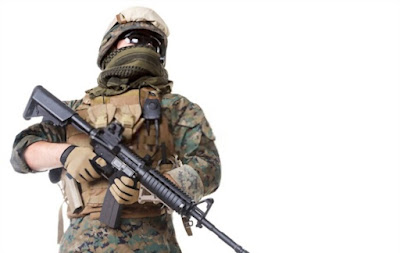First Aid for Seizures: Understanding and Responding Effectively
Seizures are sudden, uncontrolled bursts of electrical activity in the brain that can lead to a range of physical and mental symptoms. While experiencing a seizure can be frightening, knowing how to provide first aid can make a significant difference in ensuring the safety and well-being of the individual during the episode. In this blog, we will delve into the types of seizures, their potential triggers, and most importantly, how to administer appropriate first aid when witnessing a seizure.
Understanding Seizures
Seizures can manifest in various forms, from subtle momentary lapses of awareness to convulsive episodes with violent muscle contractions. Some common types of seizures include:- Generalized Seizures: These involve the entire brain and can lead to loss of consciousness. They include Absence Seizures (brief staring spells), Tonic-Clonic Seizures (convulsions), Atonic Seizures (muscle limpness), and Myoclonic Seizures (sudden jerks).
Focal Seizures: These originate in one area of the brain and can cause localized symptoms such as twitching or numbness. They can be simple (without loss of consciousness) or complex (with altered awareness).
Triggers
- Lack of Sleep: Sleep deprivation can lower the seizure threshold.
- Stress: Emotional stress and anxiety can increase the risk of seizures.
- Flashing Lights: Some individuals are sensitive to flashing lights, which can trigger seizures (photosensitivity).
- Alcohol and Drugs: Substance abuse can lower the seizure threshold.
- Medication Mismanagement: Skipping doses or abruptly stopping medication can lead to seizures in individuals with epilepsy.
Administering First Aid
When witnessing someone having a seizure, it's important to stay calm and follow these steps:Ensure Safety: Clear the surrounding area of any potential hazards to prevent the person from injuring themselves. Cushion their head if possible.
Time of the Seizure: Note the time the seizure starts. If it lasts longer than 5 minutes or if the person has difficulty breathing or is injured, call for emergency medical help.
Do Not Restrain: Do not hold the person down or attempt to stop their movements. Let the seizure run its course.
Positioning: If the person is on the ground, gently turn them onto their side. This helps prevent choking on any fluids and allows their airway to remain open.
Protect the Head: If the person is near a hard surface, place something soft under their head to protect it from injury.
Stay Calm: Reassure bystanders and keep track of the seizure's duration.
After the Seizure: Once the seizure ends, the person may be confused or disoriented. Offer comfort and keep the environment calm.
When to Seek Medical Help
While most seizures resolve on their own, it's crucial to seek medical attention under certain circumstances:- The seizure lasts longer than 5 minutes.
- The person is injured during the seizure.
- The person has difficulty breathing or turns blue.
- It's the person's first seizure.
- The person is pregnant or has diabetes.
- The person doesn't regain consciousness or normal behavior after the seizure.


Comments
Post a Comment